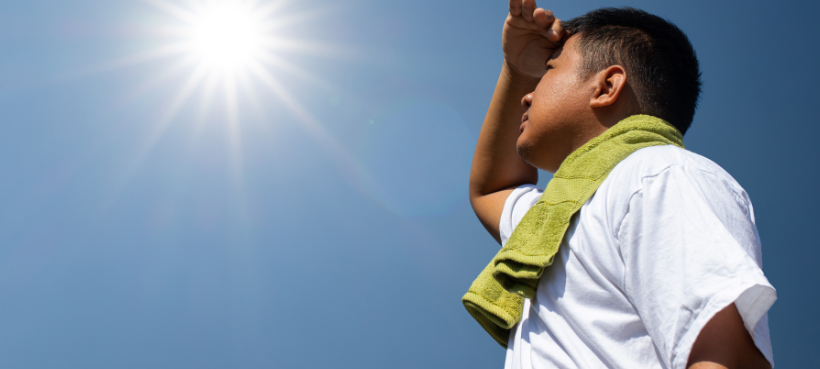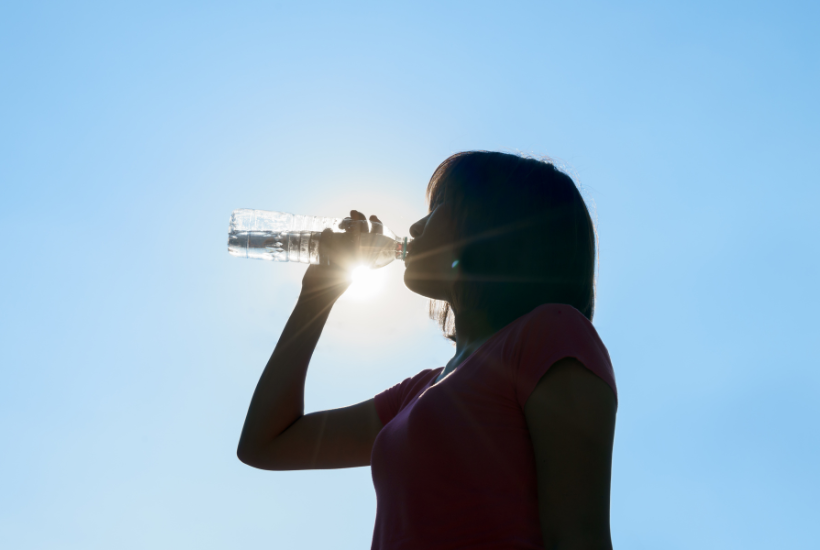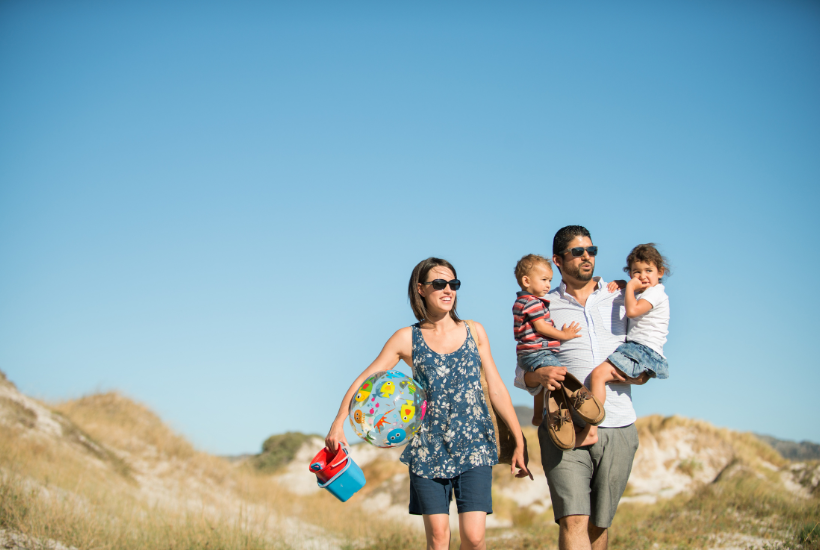
Heat stroke and heat exhaustion: how to prevent and respond to heat-related illness.
July 17, 2023
Summer in the Okanagan provides sunny, high temperature weather that provides the opportunity to enjoy many outside activities. Beaches, golf courses, trails for hiking and biking are just a few available options, but before heading out to enjoy the weather, there are a few things to consider.
Understanding heat stroke and heat exhaustion
Heat exhaustion happens when the body is exposed to prolonged hot weather. It is a medical condition that requires action so the body can recover. Symptoms include heavy sweating, weakness, headache, dizziness, muscle cramps, nausea and vomiting. Listen to your body, if you are experiencing any of these symptoms you need to take steps to recover. If left untreated, heat exhaustion can progress to heat stroke.
Heat stroke is a more severe condition. When a person fails to respond to the body’s initial symptoms a life-threatening emergency can occur. Common symptoms include high body temperature (above 103 °F or 39.4 ° C), rapid heart rate, headache, dizziness, confusion, nausea and loss of consciousness.
Prevention is key

Heat stroke and heat exhaustion are real concerns for people in high temperature environments as they carry serious risks to personal health and safety. Here are three tips we can use to avoid heat-related illnesses:
- Stay hydrated
Everyone needs to drink plenty of fluids through out the day, avoid getting to the stage of being thirsty, which is a signal the body gives when you are becoming dehydrated. The young, elderly and those who are in poor health need to be extra cautious as they can become dehydrated faster than the average person. Drink a combination of water and electrolyte enriched drinks, this allows the body to replenish the minerals lost due to sweating. - Dress appropriately
Wear loose-fitting, lightweight and breathable clothing. You can wear UV protected clothing which is made from fabric that restricts the absorption of sun rays. A wide brimmed hat and sunglasses also offer more protection. Ensure the sunglasses have lenses that are rated with UV 400 protection. Use sunscreen with a minimum Sun Protection Factor (SPF) of 30, make sure to re-apply sunscreen every two hours or after swimming or heavy sweating. - Pre-plan
Avoid being outdoors during the hottest hours of the day, typically between 10am and 4pm. Take frequent breaks in air-conditioned or shady areas. Use an umbrella or sun tent to provide shade. Take frequent breaks when engaging in physically demanding activities. Pace yourself and listen to your body.
Treating people with heat exhaustion or heat stroke.
If left untreated, heat exhaustion can progress to heat stroke. It is essential to take appropriate measures to prevent further development of symptoms and a medical emergency. Take the following steps:
- Seek shelter. Retreat to the indoors, preferably an air-conditioned area. Lowering the body’s core temperature is essential.
- Hydrate and rest. Place the individual in the recovery position, on their back with their legs slightly elevated. Place a cool compress on the head. Provide the person with water and a hydrating sports drink, alternating between these two beverages can help to restore electrolytes faster.
- If symptoms become worse seek medical attention. Don’t hesitate. Get professional help.
Ask your pharmacist about heat-related illness

If you have any questions related to this topic or any other health care concerns don’t hesitate to ask your Lakeside Medicine Centre pharmacist the next time you’re in.
Our pharmacists are here to support you and your family. Have a sun-safe and fun summer!
